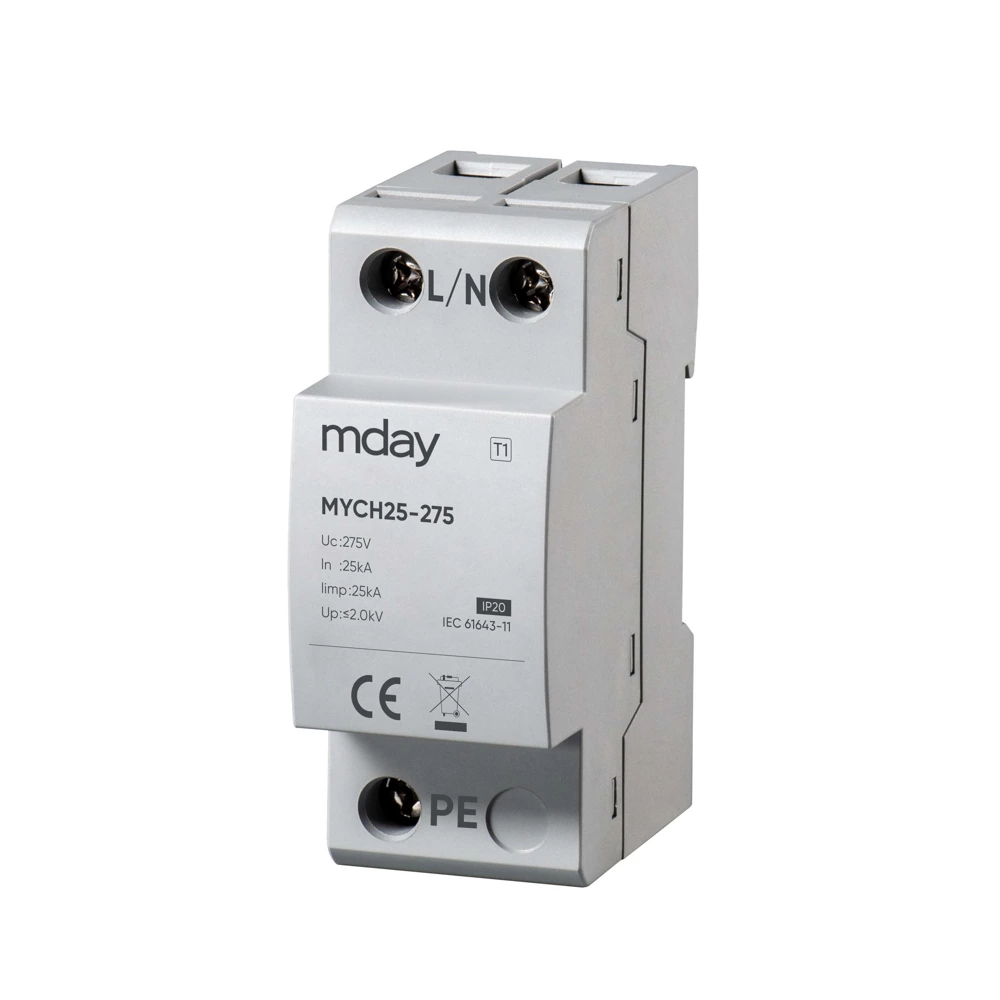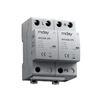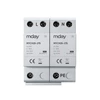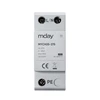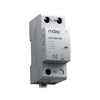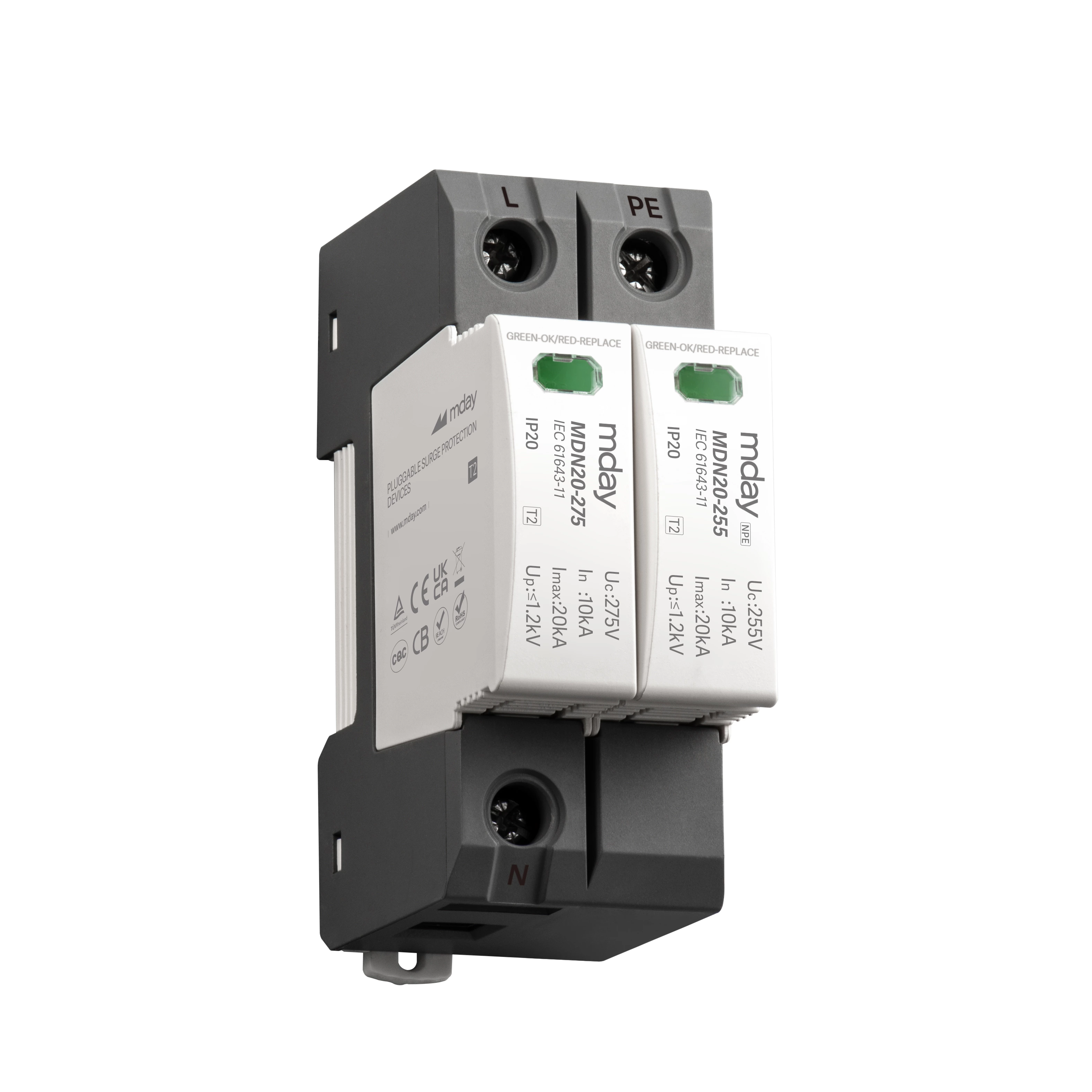Working Principle Of Surge Protector Remote Signal Terminal
Choosing a suitable surge protector is a rigorous job. When choosing a surge protector, even if the model is the same, we will find a difference - whether it has remote signaling. Then some readers may have questions, what is remote signaling? What is the working principle of the remote signaling terminal of the surge protective device? Why do we need remote signaling? Today, the editor will answer these questions one by one.
Working principle of the remote signaling terminal of the surge protection device First, what is remote signaling? Remote signaling is a simple relay. Usually it has a normally open end, a normally closed end and a grounding end. Usually, we need to connect its normally open end and normally closed end to the corresponding terminals of the signal collector respectively, and connect the grounding end to the grounding device. Through remote signaling, we can understand the working status of the surge protector, and at the same time, we can repair it in time to ensure safe work.
Working principle of the remote signaling terminal of the surge protector After understanding what remote signaling is, the editor will take you to understand its working principle. As a device that can provide alarm information, remote signaling is usually connected to the tripping device. Under normal working conditions, it is in a short-circuit state and outputs a short-circuit signal; when the surge protector overheats and causes the trip device to disconnect, the remote signal device (relay) will be triggered, the normally closed end will be disconnected, the normally open end will be closed, and an open circuit signal will be transmitted to the signal collector. In this way, we can understand the working status of the surge protector, and promptly alarm and maintain it, reducing the incidence of accidents.
